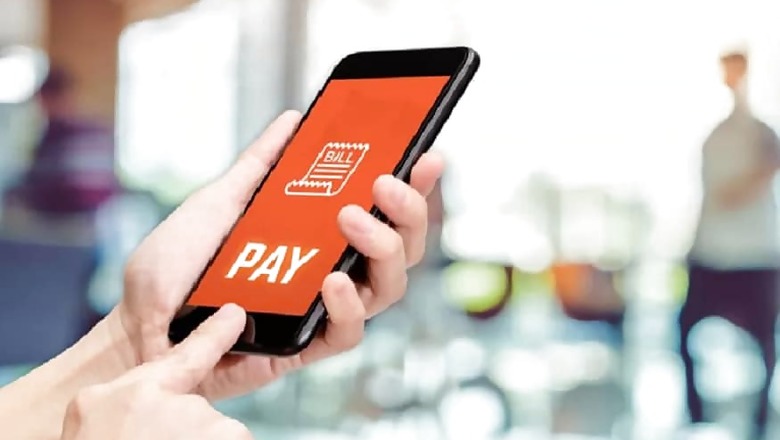
views
New Delhi: In a bid to promote digital payments, Finance Minister Nirmala Sitharaman on Saturday said no MDR charges will be applicable on transactions through homegrown RuPay and UPI platforms beginning January 1, 2020.
The Department of Revenue (DoR) will soon notify RuPay and UPI as the prescribed mode of payment for digital transactions without any Merchant Discount Rate (MDR), she said after meeting with CEOs of public sector banks here.
Accordingly, all companies with a turnover of Rs 50 crore or more will be mandated by DoR to provide the facility of payment through RuPay Debit card and UPI QR code to their customers, she said.
MDR is the cost paid by a merchant to a bank for accepting payment from their customers via digital means. The merchant discount rate is expressed in percentage of the transaction amount.
"After extensive consultation with stakeholders, banks and so on. I'm happy to say that announcement which was made in the budget will see the notification coming on January 1, 2020 whereby those modes which are getting notified will not have charges under the MDR being levied on them," she said.
Indigenously developed digital payment medium like RuPay and BHIM UPI will now have edge over the payment gateway promoted by foreign companies.
In her Budget speech in July, Sitharaman had proposed that businesses should offer low-cost digital modes of payment such as BHIM UPI, UPI QR Code, Aadhaar Pay, Debit Cards, NEFT, RTGS etc. to their customers, and no charge or MDR shall be imposed on customers to promote digital payment.
"I, therefore, propose that the business establishments with annual turnover more than Rs 50 crore shall offer such low-cost digital modes of payment to their customers and no charges or Merchant Discount Rate shall be imposed on customers as well as merchants.
"RBI and banks will absorb these costs from the savings that will accrue to them on account of handling less cash as people move to these digital modes of payment," she had said.
She further said all banks will also start a campaign to popularise RuPay Debit card and UPI in order to strengthen the digital payment eco-system and move towards less-cash economy.
The finance minister said the government has already amended two laws -- Income Tax Act and the Payments and Settlement Systems Act, 2007 — to give effect to these provisions.
The meeting was attended chief executive of Indian Banks' Association and representatives of leading private sector banks.
Finance Secretary, Revenue Secretary, Electronics and Information Technology Secretary, CBI Director, RBI representative and the chief executive officer of NPCI were also present in the meeting.
Besides, the minister launched a common e-auction platform to sell attached assets of defaulters for improved realisation of value.
The platform is equipped with property search features and navigational links to all PSB e-auction sites, provides single-window access to information on properties up for e-auction as well as facility for comparison of similar properties, and also contains photographs and videos of uploaded properties.
As per the latest data, a total of 35,000 properties have been uploaded on the platform by PSBs, which have attached assets worth over Rs 2.3 lakh crore over the last three financial years.
To strengthen banks, in addition to the recent infusion of Rs 60,314 crore, additional infusion of Rs 8,855 crore (Rs 4,360 crore to Indian Overseas Bank, Rs 2,153 crore to Allahabad Bank, Rs 2,142 crore to UCO Bank and Rs 200 crore to Andhra Bank) has been approved and would be released shortly.
Having improved asset quality and internal resource generation, PSBs are now fully poised to support prudential credit growth towards a USD 5 trillion economy by 2025.




















Comments
0 comment